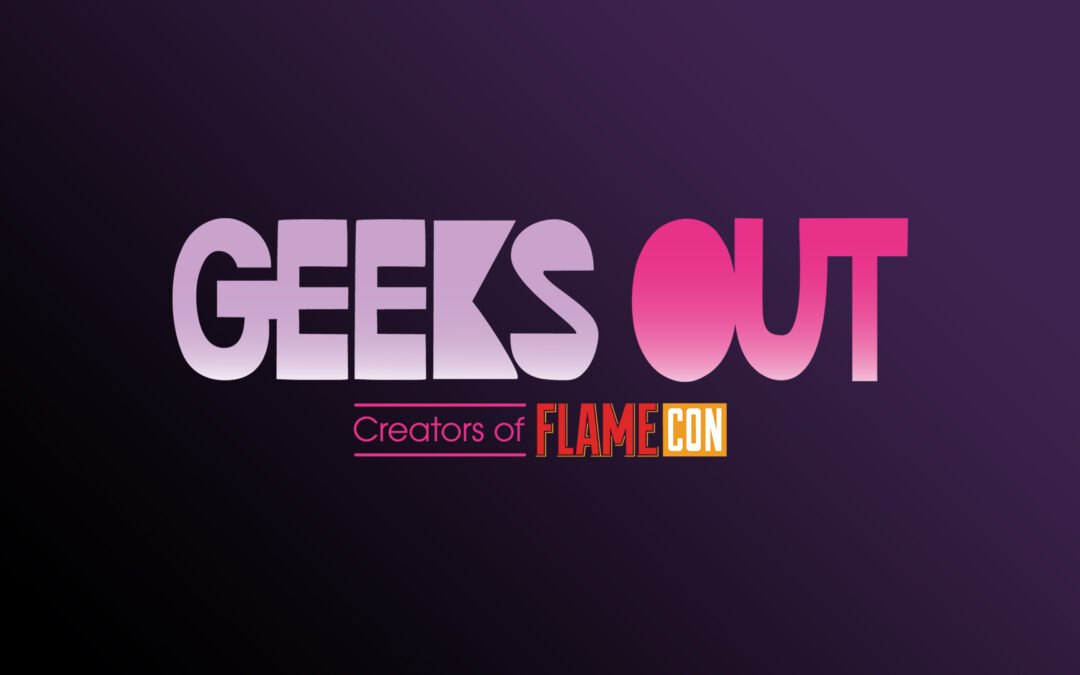
by Geeks OUT | Nov 21, 2016 | Blog
For anyone looking for a comic full of terrifying monsters both real and imagined, Emil Ferris’s My Favorite Thing Is Monsters can’t be recommended highly enough. Set in Chicago in the 1960s, it tells the story of a young girl named Karen Reyes, investigating...

by Geeks OUT | Nov 9, 2016 | Blog
It wasn’t until 2016 that I started watching Buffy the Vampire Slayer. It had been one of my biggest pop cultural blind spots for years, but I was as defensive about never having seen it as I was ashamed. I was aware of the very positive criticism it had...




